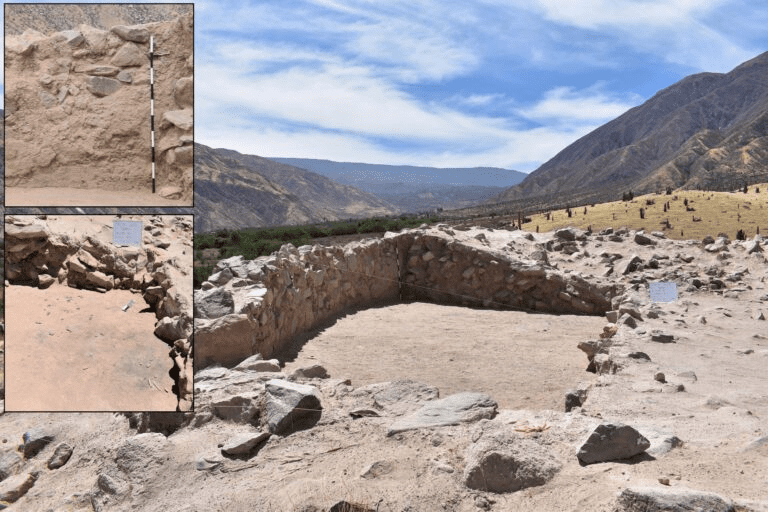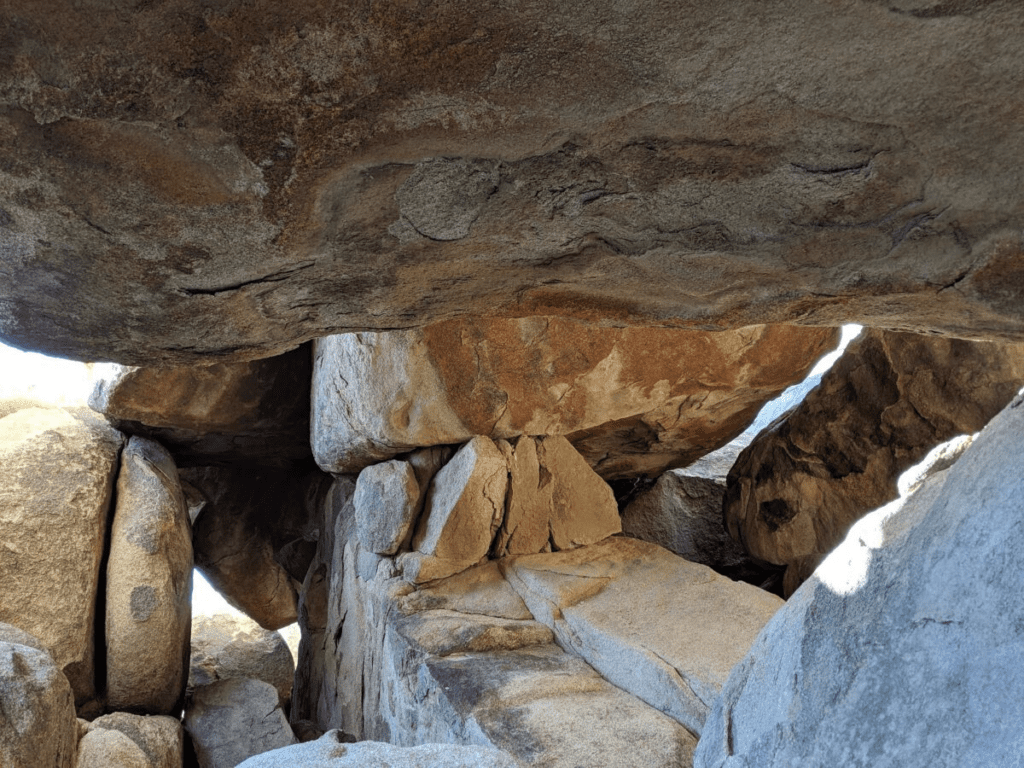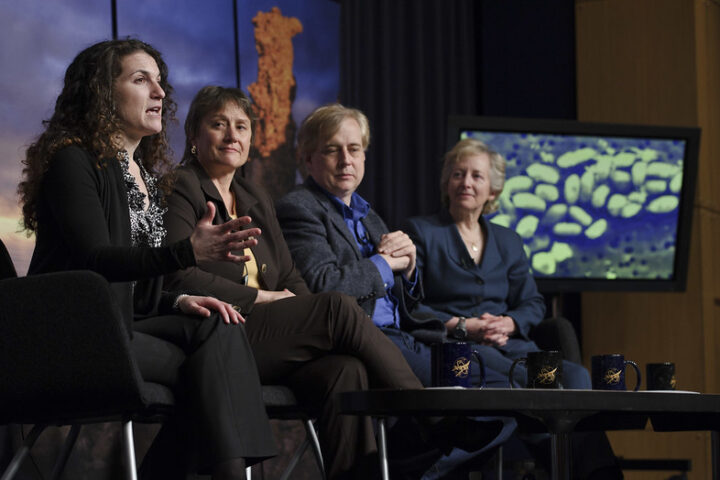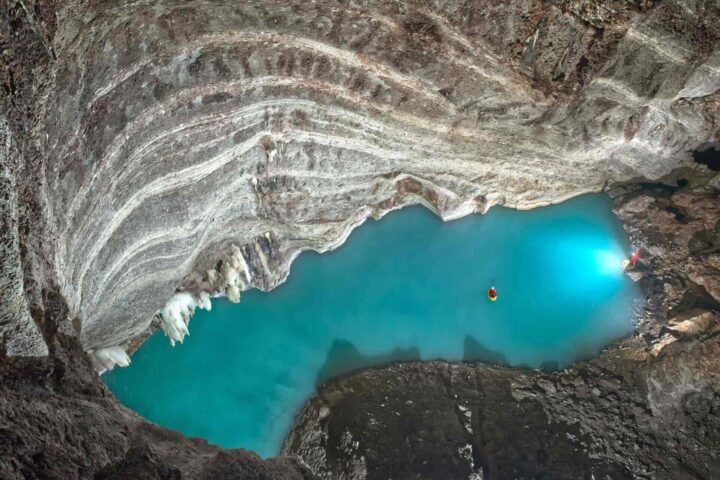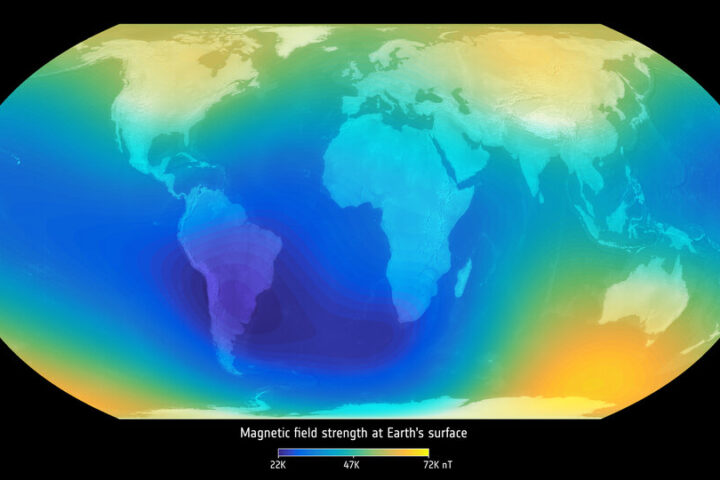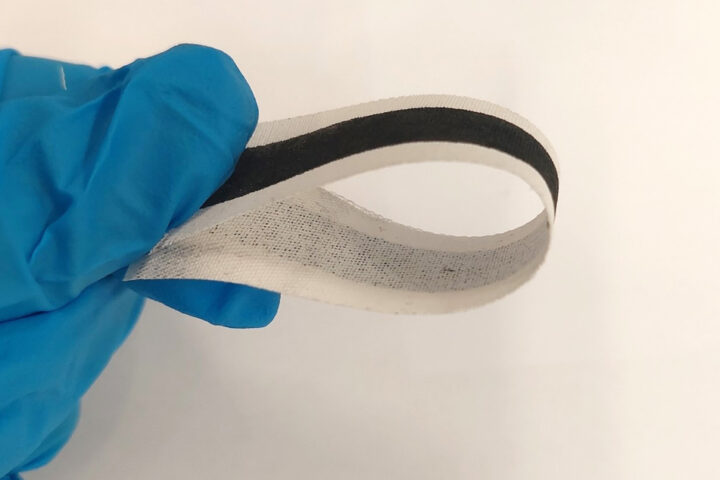Archaeologists have discovered a Wari ritual complex in south of Peru that predates 1,200 years back. The discovered complex boasts a D-shaped temple built on top of a platform and was situated in Pakaytambo, a place 600 km southeast of Lima. The ancient Wari civilisation controlled most part of modern day Peru from AD600 to AD1000, i.e. much before the Inca.
The research was headed by David Reid from the University of Illinois in Chicago. They used satellite imagery to figure out the temple. The excavation, photogrammetry and drones were later brought into use to study the site and create 3D models of the remains. Reid mentioned that the temple and the adjacent buildings would have been used by local communities to carry out Wari-sponsored ritual gatherings. He also stated that the temple was even used for political purposes and not just for religious purposes.
- Trump Administration Cuts $12B in Health Grants, States Lose Funding
- Lioness Rescued from Ukraine Gives Birth to Three Cubs at Yorkshire Wildlife Park
- First 2025 Grizzly Bear in Grand Teton Confirmed on March 19
- AI Breath Test Diagnoses COPD in 5 Minutes, Identifies Millions Undiagnosed
- Sydney Light Rail Hits 150M Trips as L1 Dulwich Hill Adds 48 Weekend Services
Pakaytambo will now add to the 30 known Wari D-shaped temple complexes that are spread across Peru. The Wari included people into their empire by sharing religious beliefs which also facilitated large-scale ceremonial events hosted by Wari elites.
